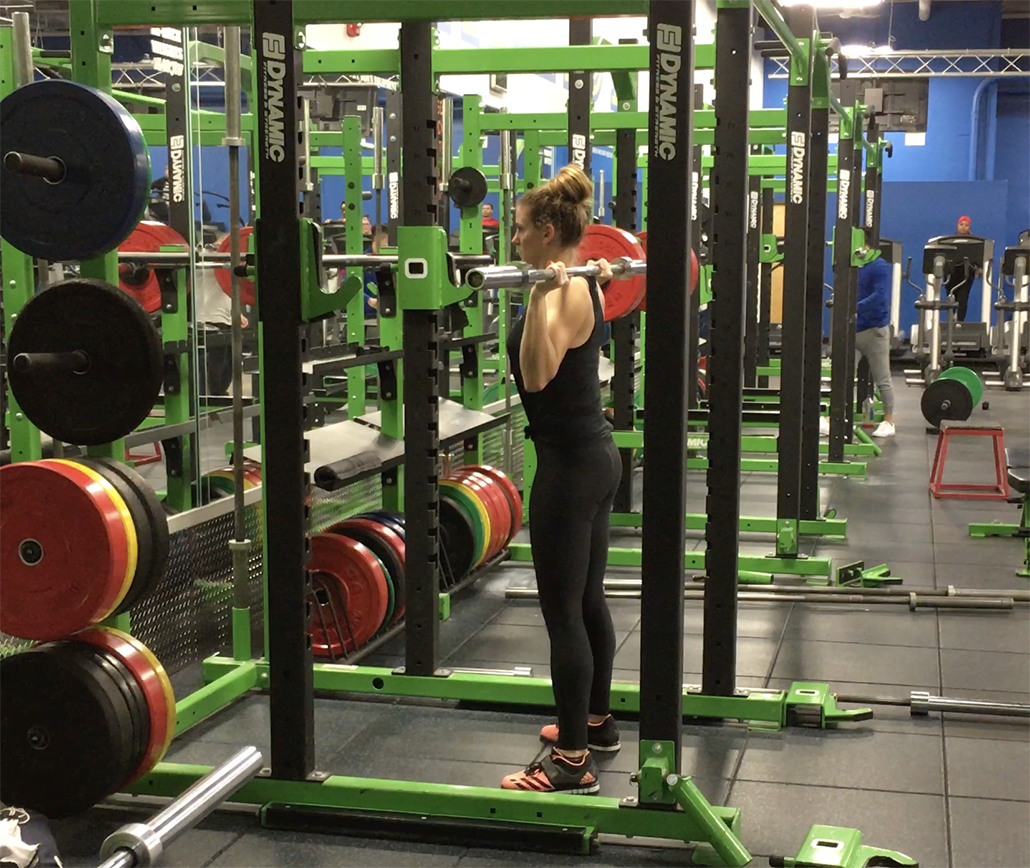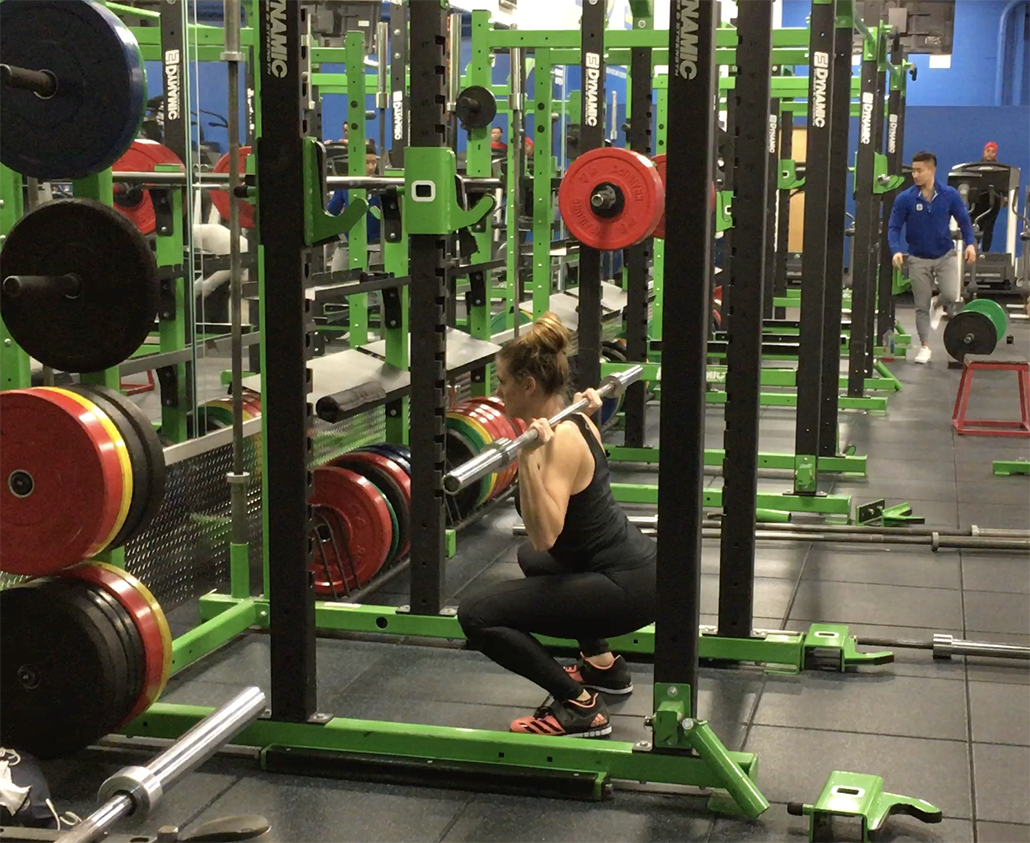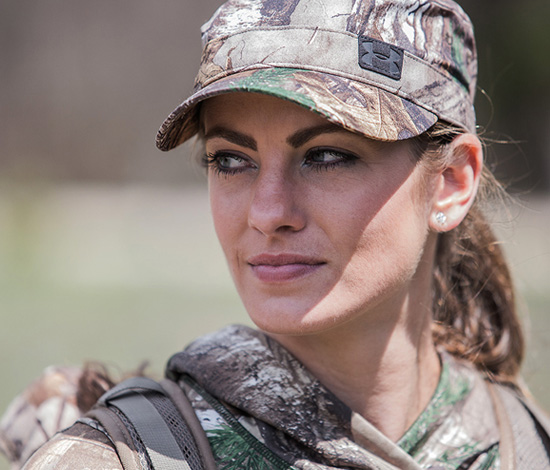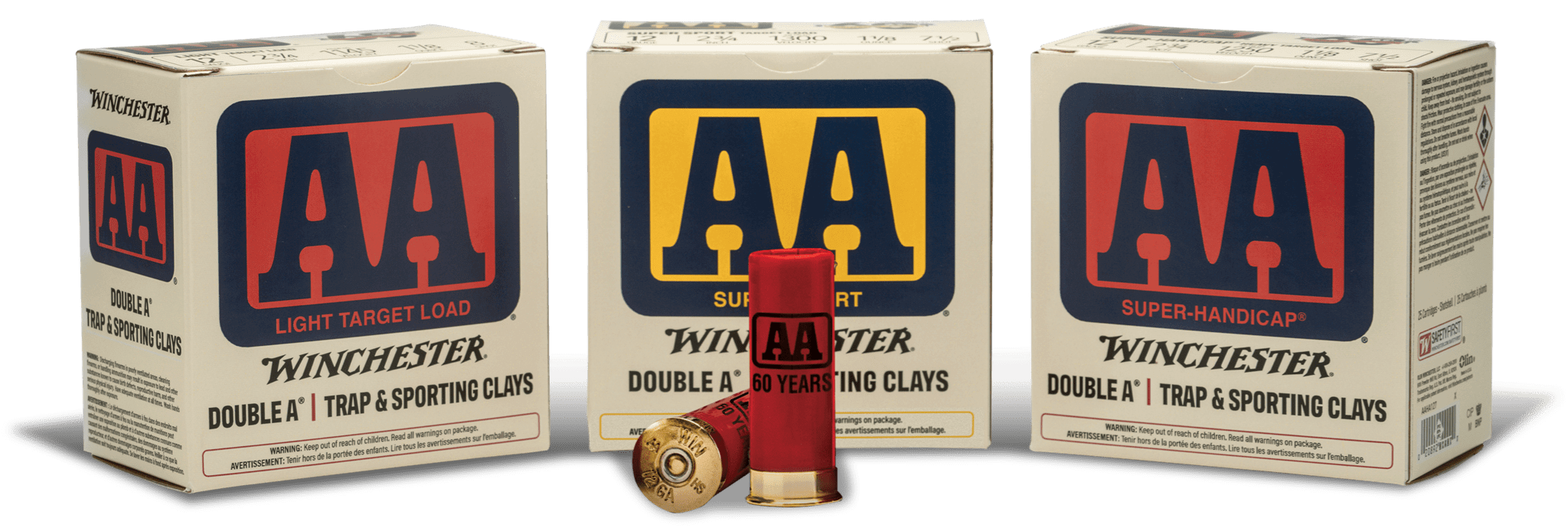A Necessary Exercise for the Hunter – Barbell Squat
Many consider the barbell back squat to be the king of all the major lifts. It is a more complex exercise than most people tend to give it credit for – including me at one point. But, as with anything we do in life, practice will make perfect.
Why put so much effort into practicing an exercise that appears as easy as putting a barbell on your shoulders and squatting down?
Two simple reasons: 1.) safety and 2.) effectiveness. The barbell squat is a powerful compound exercise that can pack on muscle in the legs, glutes, core, and even upper back. It can also be utilized as a conditioning movement to help burn off those holiday calories. It is also one of those exercises that if done improperly, can lead to injury (but this can be said about pretty much anything we do in the gym!).
Preventing cookies from being stored on your device may interfere with your ability to view video content.
You can adjust your cookie setting by clicking the button below.
Two simple reasons: 1.) safety and 2.) effectiveness. The barbell squat is a powerful compound exercise that can pack on muscle in the legs, glutes, core, and even upper back. It can also be utilized as a conditioning movement to help burn off those holiday calories. It is also one of those exercises that if done improperly, can lead to injury (but this can be said about pretty much anything we do in the gym!).
That said, everyone will have their opinions on what is the right and wrong way to perform the squat. The variables may seem overwhelming: high bar vs low bar squats, wide stand vs narrow stance, feet pointed out vs feet pointed straight forward, etc., the list can go on! But if you are someone who struggles with the back squat or wants to start doing them, there are some basic but very important cues/guidelines to learn and practice for this exercise:

Mobility
Hip mobility, ankle mobility, shoulder mobility and thoracic spine mobility all play a role in how well your body will be able to track while performing the exercise. Improving flexibility in these areas will reduce the chance of unnecessary soreness and injury to the body as well as making the exercise feel more natural.
Stay Tight
Keeping constant tension on the muscles in the middle/upper back, thighs and glutes will help you transmit more force into the movement and move more weight in a strong position! From the moment you step under the bar and un-rack the weight, you should be maintaining constant tension on your muscles. Three simple ways of maintaining tightness under the bar include: gripping the bar tightly with your hands as close to your shoulders as your shoulder mobility will allow, bracing (more on that below), and by flexing your butt to activate your posterior muscles.

Bracing
While performing back squats, it is extremely important to implement strong bracing technique. Bracing is the use of air to increase the pressure within your core – which is a fancy way of saying breathing down into your belly! To do this, take a big breath of air into your gut and push out on all sides of your core making it appear like you have a big ol’ pot-belly. Hold it there. While it may feel awkward at first, you’ll notice (if done correctly) that your core will feel extremely firm and stable while under weight. Think of your body as a water bottle – when capped and full of air, the bottle is very rigid and can withstand a lot of pressure. Now take the cap off of that water bottle and apply some pressure; it crushes much more easily!
Use Your Biggest Muscles
Probably the most common mistakes of the back squat, and ones that I was guilty of for the longest time, is initiating the exercise by shooting the hips back and restricting the knees from traveling over the toes – kind of like trying to sit down in a chair. By doing this we put our body in an awkward and folded position. We place most of the stress on our lower back and hamstrings while failing to get our quads adequately involved. Instead, begin with a slightly more-than-shoulder-width stance with the toes pointing slightly outwards. From there, begin the movement by first breaking at the knees while driving them out and over the toes (yes, this is ok to do!), and then follow by dropping your hips down “into the hole.” By driving knees out and over, we engage more of our glutes and quads (our biggest muscles) to help us move the weight more efficiently.
Repetition
If this is all new to you, I’d bet that the first time you go to incorporate all of this on leg day it will feel awkward at best…it did for me anyways. I even went as far as to seek out the guidance of a squat coach to help me improve and correct my form. As with getting good at any task or skill, it takes practice, practice, and more practice. I often spend anywhere from 10-30 minutes working with bodyweight or very light weight to practice all of these cues before I even think about touching my working weights. By doing this, you help the brain remember these movement patterns so that when you get underneath the bar, all of these cues will hopefully blend together in one automatic movement.
Do you include squats into your workout routine? As a hunter, you may want to consider this. Let us know in the comments and be sure to like Winchester on facebook!




